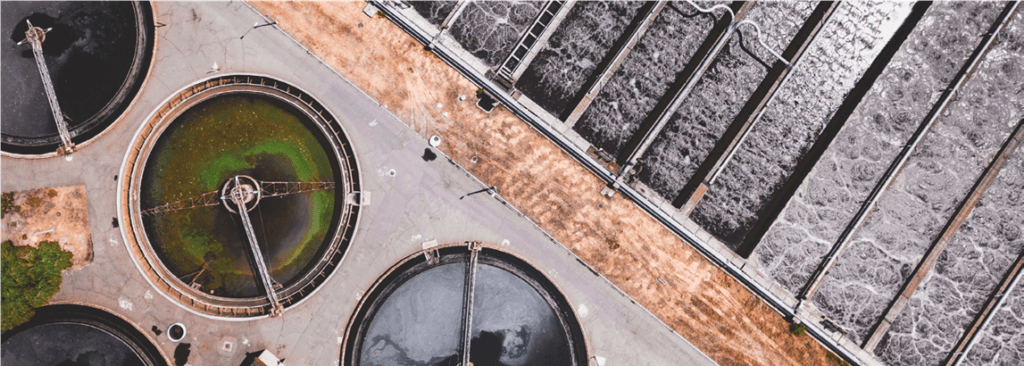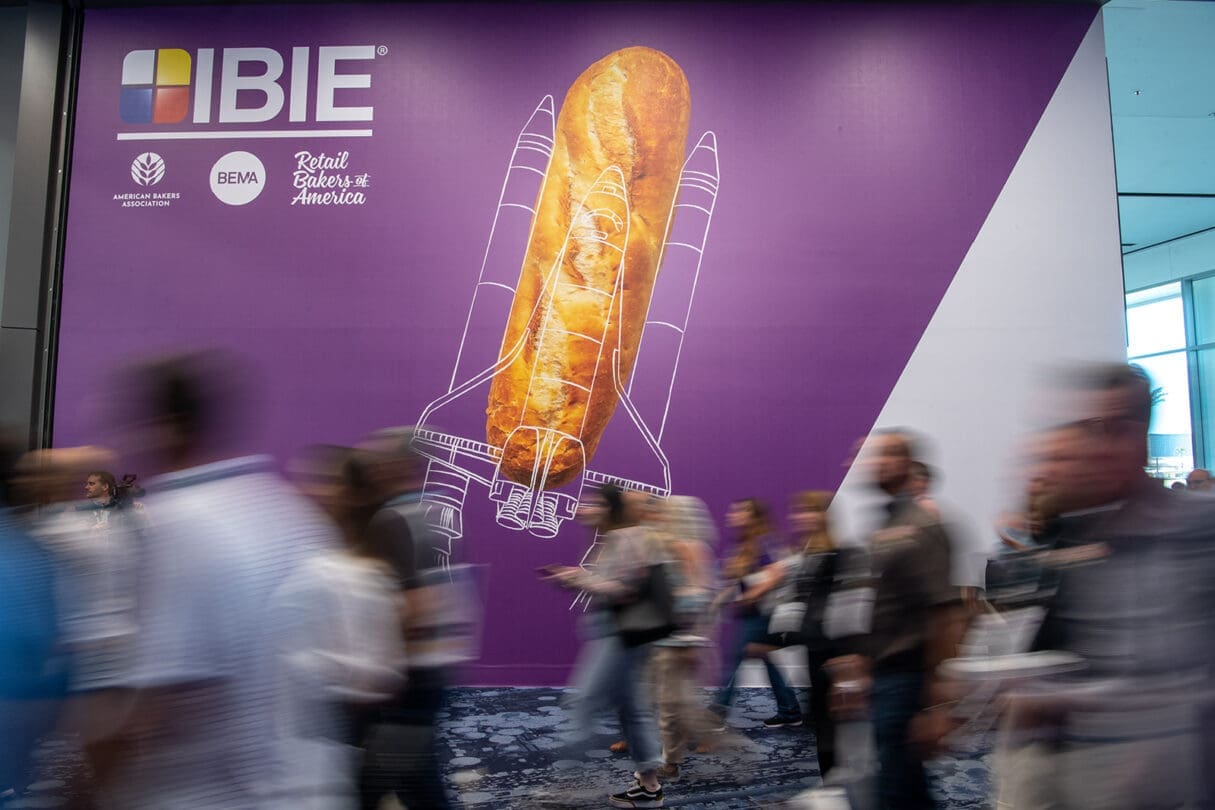Energy efficiency in meat production and processing is a key junction towards sustainability. There’s no shortage of solutions and, from government to business, the goal is ecologically oriented production.
The meat sector is under intense public scrutiny and is one of the crucial junctions in the movement towards sustainability in the food industry. Animal health and welfare, the production of CO2, and, above all, energy consumption are all being looked at under a magnifying glass. When it comes to the last of these, there are numerous opportunities for optimization and the investments are significant.
In fact, the European Union is promoting efforts to improve energy management, for example through projects like ICCEE (Improving Cold Chain Energy Efficiency).
The objective of the project is, as its name suggests, to improve the efficiency of the entire cold chain of the food and beverage sector for small and medium-sized enterprises. But there are many more aspects that need to be looked at.
The topic of energy efficiency in the meat industry will, therefore, also be a focus of IFFA, the primary international trade show for meat technology and alternative proteins, which will take place in Frankfurt from 14-19 May.
Meat: a High Energy Consumption Sector
The meat processing industry is an energy intensive sector. The heating and cooling processes of the foods alone require an enormous amount of energy. Refrigeration is necessary to keep the meat cold in order to ensure, among other things, food safety. Heat is necessary to cook, steam, sterilize, and clean. This last operation is one that also involves a generous expenditure of water.
Solutions? Yes, please.
Many solutions for making the food sector in general, and the meat sector in particular, more energy efficient are being studied. For example, solutions involving refrigeration and extremely energy efficient heat pumps could redefine the energy consumption of heating and cooling, reducing it by up to 70%.
Even waste heat, which would otherwise be left to dissipate, can be reused and deviated to other processes like the heating of water and brine, drying, cooking, searing, pickling, pasteurization, sterilization, dehydration, and cleaning.
In terms of refrigeration, getting back to tangible examples for guaranteeing a sustainable cold chain, cooling systems based on compressors are used to create optimal thermal production environments, not just for the food itself, but also for storage and distribution areas.
Savings can also be obtained through modern drive technologies, like servomotors. Energy efficient drives that control frequency make it possible to cut energy consumption by 25% and to reduce spikes in activation and switching energy. Furthermore, motors are cooled with water and therefore offer the possibility of directly using or recovering heat waste.
Another step towards sustainability and energy efficiency is represented by machines with durable components and a modern hygienic design, like soldered and rounded edges and recessed coverings. In addition to being more durable, they have a smaller contact surface for dirt and germs, requiring less water and energy to be cleaned.
When it comes to water consumption for food safety, the motto is. “As much as is needed, as little as possible.” To keep water consumption to a minimum, various options must be considered, like the recycling of waste water within companies or water treatment plants for municipal waste water.
Innovative monitoring and measuring systems which analyze water consumption and identify parameters for further waste reduction are also extremely helpful.

Renewable Energy Sources
What energy sources are the most indicated for the sector? What solutions should investments focus on? In the first place there’s solar thermal energy, in which major investments have been made, followed by heat pumps, biogas, and biomass, as most processes require temperatures below 100-120°C. Finally, cogeneration, electricity, and heat can be efficiently provided by biogas or biomass from residual materials.
DOWNLOAD HERE A FREE COPY OF FOOD PROCESSING IRAN 2022







